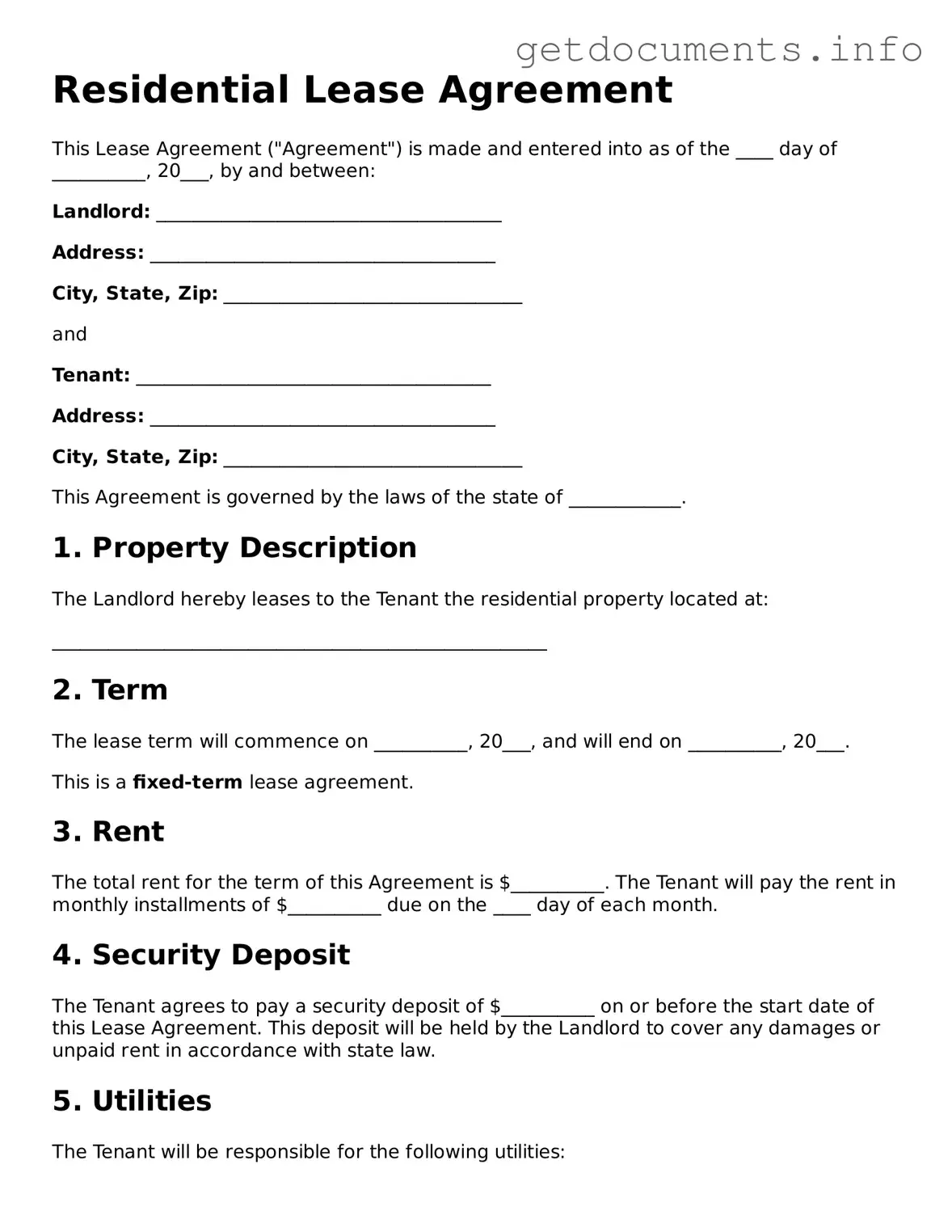Printable Lease Agreement Document
A Lease Agreement form is a legal document that outlines the terms and conditions between a landlord and a tenant regarding the rental of a property. This form serves as a binding contract, detailing the responsibilities of both parties, including payment terms, duration of the lease, and maintenance obligations. Understanding this form is crucial for ensuring a smooth rental experience, so take the first step by filling out the form below.
Access Lease Agreement Editor
